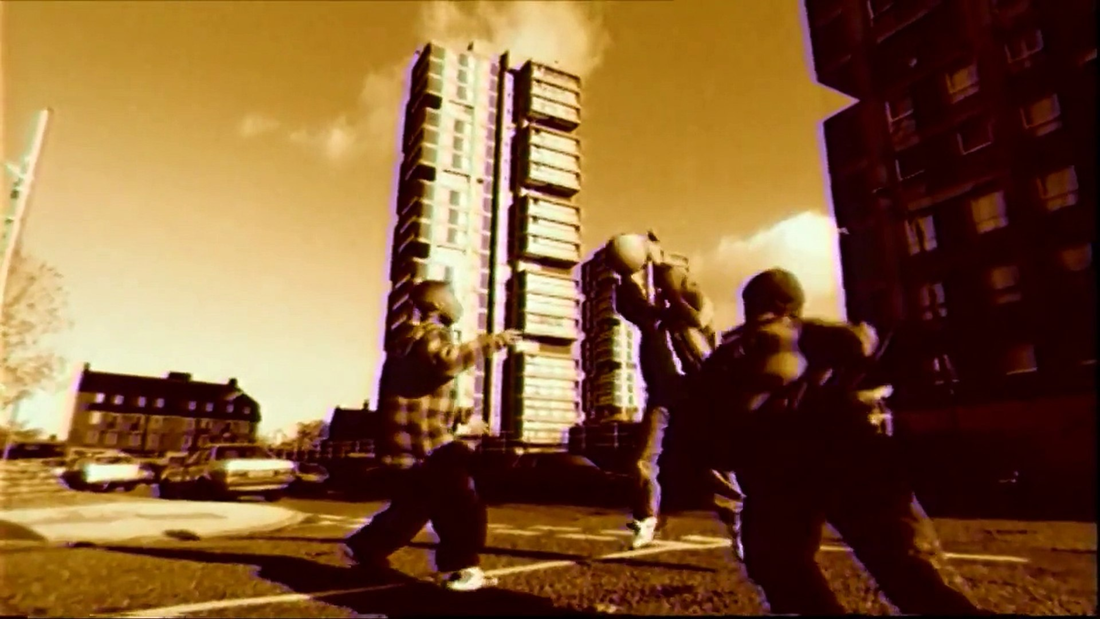
Inner City Life – Goldie’s Enduring Echo
By Rafi Mercer
I’ve been listening to Inner City Life on repeat this Sunday morning. Not as background, not as nostalgia, but as if I’m hearing it for the first time again. It’s one of those records that gets under the skin — not through melody, but through meaning. Every time it plays, I hear something different. A line, a break, a breath that feels newly revealed. It’s the sound of 1990s Britain, yes, but it’s also something bigger — the sound of cities everywhere trying to hold their shape while the world keeps moving too fast.
Goldie released Inner City Life in 1994, and even now it feels futuristic. At the time, jungle and drum & bass were still underground, a pulse from pirate radio stations and warehouse basements. But this track changed everything. It wasn’t just rhythm; it was architecture. A collage of concrete and emotion. The vocals — sung by Diane Charlemagne — float like smoke over steel. Her voice doesn’t fight the beat; it threads through it, soft and powerful all at once. “Inner city life, inner city pressure…” It’s not a hook; it’s a human truth.
Goldie, whose life before music was marked by foster homes, graffiti, and grit, captured something no one else had: the emotional weight of city life. The way sound reflects survival. The way we all carry a kind of pulse that matches the city we live in. This wasn’t club music in the usual sense. It wasn’t made for the dance floor — it was made for reflection. A soundtrack for dawn after the night, for the walk home, for the train window when you can see the skyline but not the faces.
When I listen now — sitting quietly, a coffee next to me, no rush to go anywhere — it feels like a reminder that some tracks hold the DNA of their time. Inner City Life was a mirror held up to 90s London, a city of contradictions: art and hardship, rhythm and tension, freedom and fatigue. Yet the track never complains. It celebrates. It builds beauty from density. Every hi-hat feels like light on metal, every bassline like breath under pressure.
And that’s what makes it so relevant today. We’re back in an era that’s restless, fast, and loud. Everything’s optimised for skipping forward. Even listening has become disposable. But Inner City Life resists that. It asks for patience. It rewards it. It’s the kind of track that could easily anchor a listening bar set — one that reminds you of the humanity inside electronic music. It’s not about BPM; it’s about empathy.
If you’ve never listened to it through a good system, do it now. The track opens slowly, almost uncertainly, and then unfurls like an orchestra disguised as a city. You’ll hear Debussy in its patience, Blade Runner in its atmosphere, and something purely Goldie in its heart — an emotional intelligence wrapped in rhythm. It’s not about volume; it’s about presence.
This morning it got to me again. The sound, the story, the space between the notes. Maybe that’s what great records do — they wait until you’re ready to hear them properly. We often talk about timeless music, but Inner City Life isn’t timeless. It’s time itself. It captures how cities breathe, how people endure, how sound carries hope through chaos.
So here’s a thought for today: find 10 minutes and listen — really listen — to Inner City Life. Sit still, no phone, no skip button. Just the record, its heartbeat, and the silence after. Let it remind you that sound can tell the truth more directly than words ever will.
Rafi Mercer writes about the spaces where music matters.
For more stories from Tracks & Tales, subscribe, or click here to read more.














